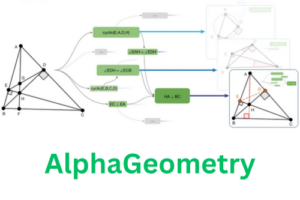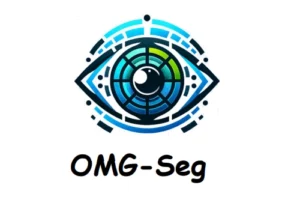.webp)
In the past few years, hand tracking in virtual reality has become a major shift. Users may communicate with the virtual reality setting using only their hands, making the whole thing more immersive and natural. With the latest developments in both hardware and software from virtual reality companies, it’s natural that the need for hand-tracking technology in virtual reality is increasing, particularly in legal use cases like VR training. They analyze the rise of devices that allow hand tracking in virtual reality (VR) as well as the price fall for headsets for virtual reality (VR) that support this technology.
According to VR compare data, the percentage of virtual reality gadgets that support hand tracking has increased over the last two years. Only four of the 19 Virtual Reality products that joined the market in 2021 enabled hand tracking, representing a 21% support percentage. However, in 2022, 7 of 15 VR systems supported hand tracking, for a 46% support percentage, a 119% increase over the previous year. Furthermore, four of the previous five VR devices to hit the market supported hand tracking, with only the PlayStation VR2 not doing so for reasons that are obvious.
This trend suggests that the need for hand-tracking technology in VR is growing, and manufacturers are reacting by incorporating this capability into their devices. The ability to interact with virtual things using natural hand movements enhances the immersive and intuitive nature of the VR experience, making it a must-have feature for VR fans.
Another apparent trend is the fall in the average cost of Virtual Reality headsets, particularly those with hand tracking. In 2021, the average price of a VR device was $3,330, but by 2022, it had reduced to $2,210, a 33% decrease. In 2021, the normal price of a Virtual Reality system that enables hand tracking was $12,122, but by 2022, it had reduced to $745, a 93% price drop.
It is important to note, however, that the $38,500 price of one VR equipment in 2021 greatly increased the average. If this gadget is left out, the typical price of a VR device with hand tracking in 2021 is $3,330, which is 77% more than the average price in 2022. The drop in the mean price of VR headsets which enable makes them less costly to a broader audience, allowing more individuals to benefit from hand-tracking technology in VR.
Reference
Similar Posts
-
Chinese Company DeepSeek Releases DeepSeek-Coder a LLM for Code Generation

-
Alibaba’s Mobile-Agent: A Smart Mobile Assistant

-
Grounded SAM: A Unified Model for Diverse Visual Tasks

-
Gaussian Head Avatar: High Quality Head Avatar Generator

-
Google DeepMind’s AlphaGeometry: Without Assistance Solving Olympiad Geometry Problems

-
OMG-Seg: A Unified Segmentation Model

